When working in the lab, safety and hygiene rules apply at all times. Please follow the guidelines:
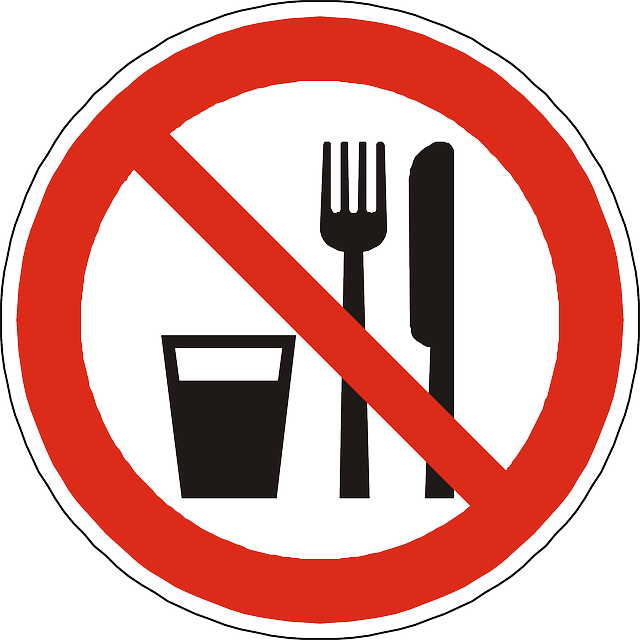
It is prohibited to eat or drink in the laboratory. Freezers and refrigerators in the laboratories must not be used for the storage of food items. The same applies to the use of laboratory equipment – for example, beakers – for food and drink, even if the equipment is new and has not been used for chemicals.
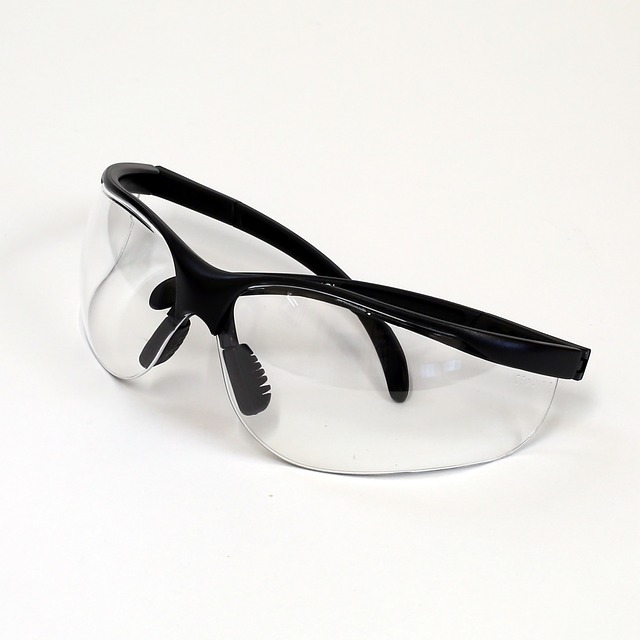
Generally speaking, it is recommended to wear protective goggles at all time when working with dangerous chemicals. However, goggles MUST be worn whenever handling concentrated acidic or alkaline solutions, and whenever there is a risk for splashes.

The wearing of contact lenses should be avoided where possible. If it cannot be avoided, it is particularly important to wear protective goggles. In case of splashes in the eyes, hazardous solutions may be trapped under the lens, thus reducing dramatically the efficiency of the emergency eye shower and increasing chances for damages.
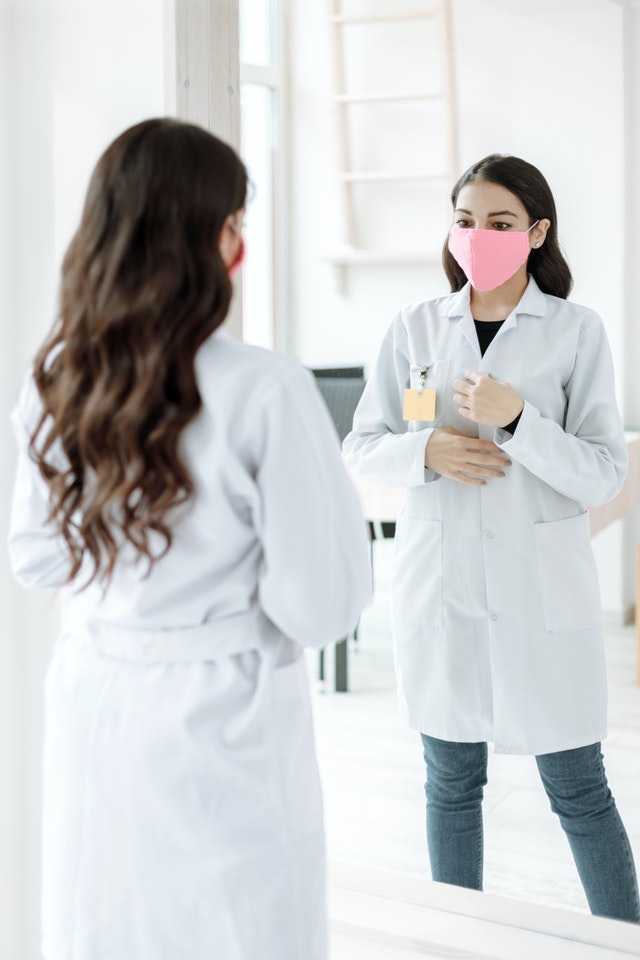
Use laboratory coats made of cotton. Synthetic fiber materials can produce sparks from static electricity and, in the case of undesirable events, can lead to burns as synthetic fibers may melt directly on your skin.
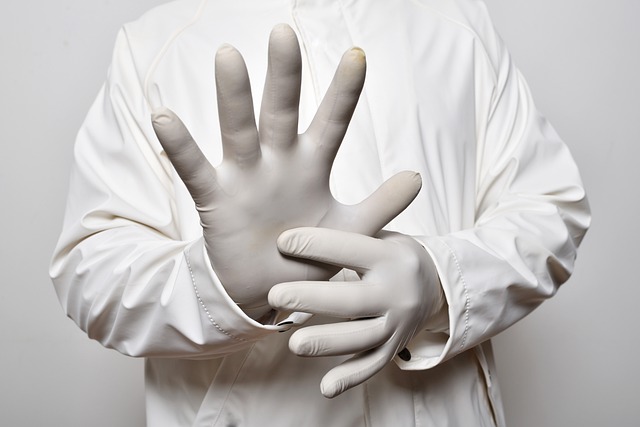
Protective gloves must be worn when using corrosive, toxic, irritating or allergenic compounds, as well as for chemicals that are hazardous on contact with skin. Check the Safety Data Sheet of the chemical for further details about which type of glove to use. This chart also informs you about the resistance of each type of glove to the most common chemicals at the lab.
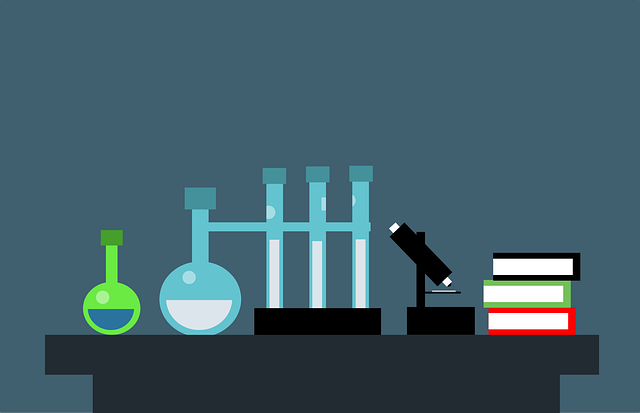
Laboratories must always be kept clean and tidy.

Never taste chemicals or solutions even if you think you are sure that they are harmless.
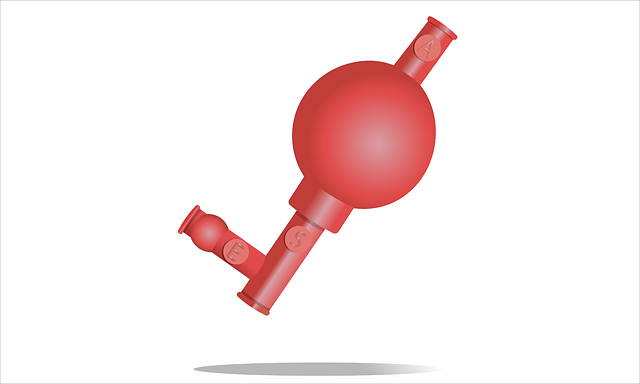
Never use your mouth for pipetting. Use a rubber balloon, burette, pipette pump, electric pipetting device or other equipment.
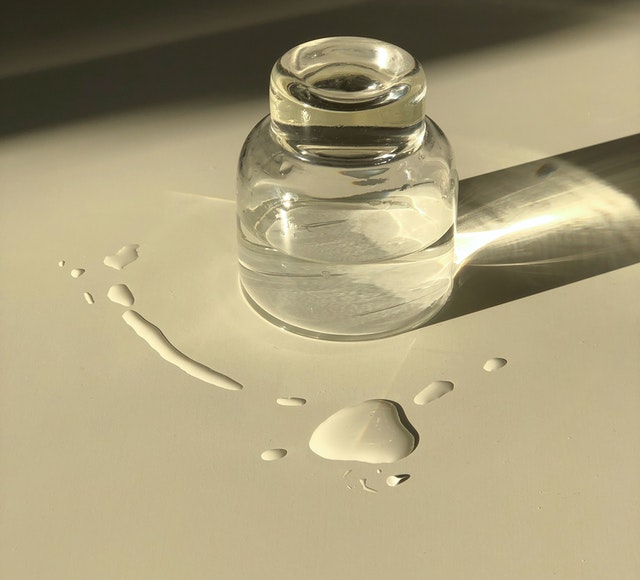
Spillages on workbenches and floors must be wiped up immediately, irrespective of whether they are from chemicals or water. Use gloves and other safety items when cleaning up spills.
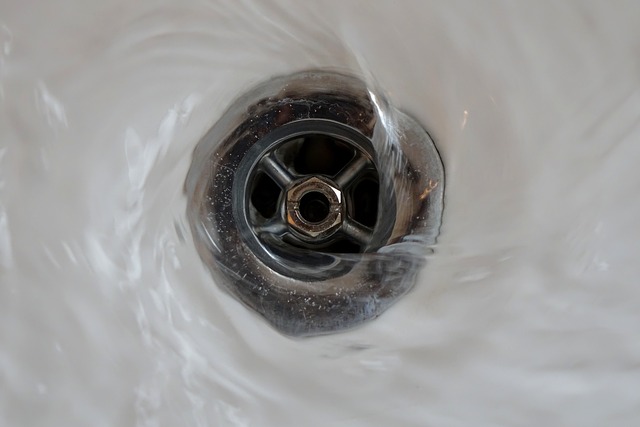
No hazardous chemicals or environmentally harmful substances should be flushed into the sink. All chemical waste MUST be collected and declared as described on this page. See also section 4 - Hazardous waste.
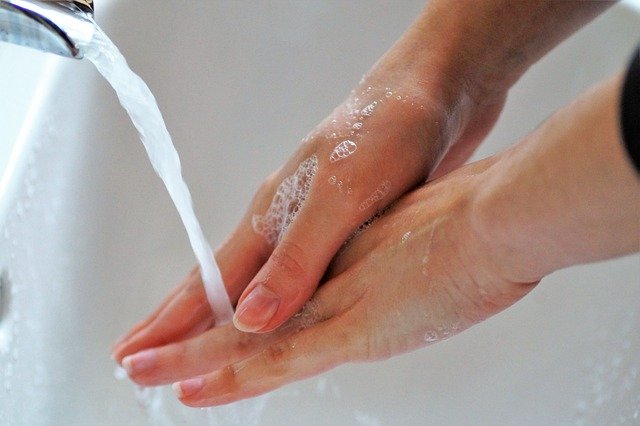
Wash hands thoroughly after contact with chemicals. Wash your hands even if you have been wearing gloves. Use soap and water, not organic solvents. Working with certain kinds of chemicals requires exposure registration in the chemical inventory system (Stoffkartoteket) (see section 3. Chemicals). Ask your lab manager for guidance and advice.
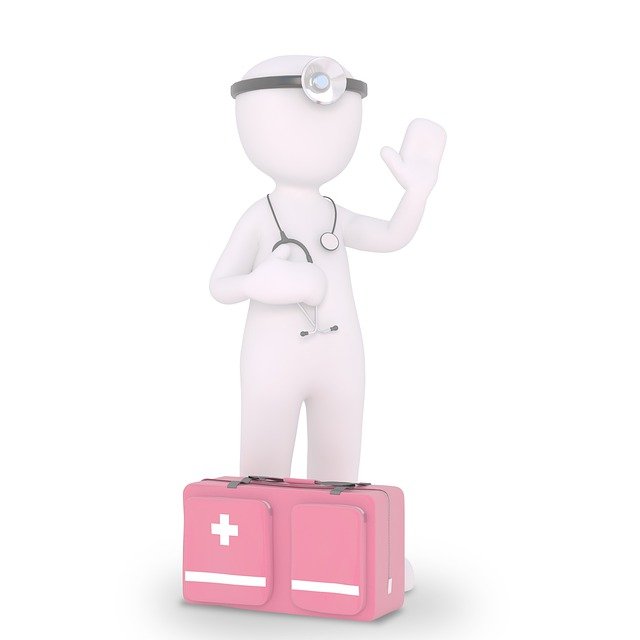
If your work or project involves risk factors such as exposure to fur-bearing animals, hazardous biological factors, specific hazardous chemicals, ionizing radiations over an annual dose of 6 mSv, sustained exposure to noise, among others, it is strongly recommended to take contact with the University’s health services for a health check prior to starting work activities. Check this page about health checks. Contact the HSE section for more information or to book an appointment with the doctor (email: bht@uib.no).
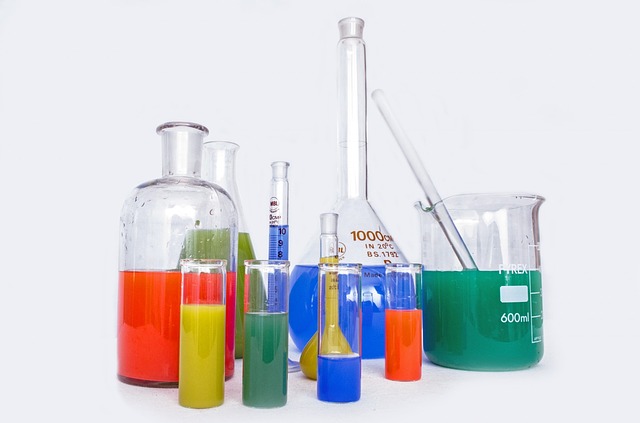
There should never be any unlabeled chemicals or samples in the laboratory, in storage rooms, cold- nor freezer rooms. The original packaging must always be marked in accordance with the Labelling Regulations (labels can be printed out from the Chemical Inventory).
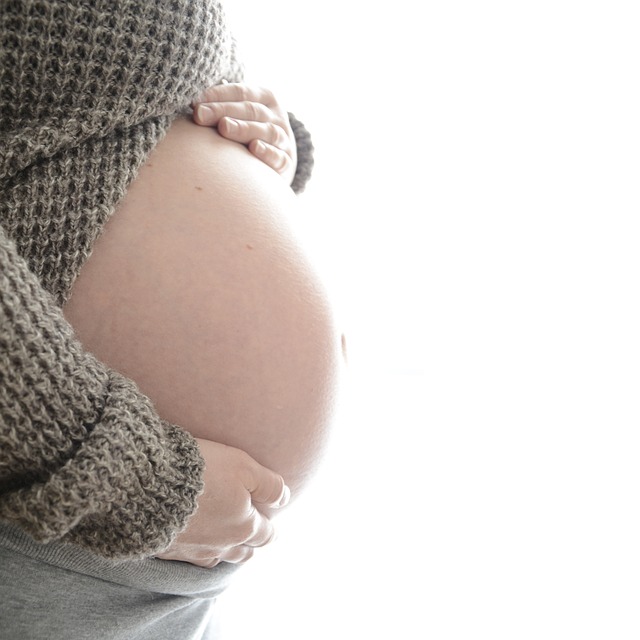
If you are pregnant or trying to get pregnant, you should not expose yourself to chemicals or work conditions that may compromise your health or fetal development. the same applies if you are breastfeeding. Your supervisor or immediate superior must be informed as early as possible, and a risk assessment must be performed to ensure that you have a safe working environment. Tasks that involve harmful chemicals or procedures must be given to a collaborator.
Read more here. There are also specific work instructions for pregnant and breastfeeding.

